
Global Expansion Begins

The Meiji Group has been expanding globally since it began exporting antibiotics in 1950. Based on the conviction that people everywhere want delicious, healthy, and beneficial products, the Group broadened its product lineups and entered more and more markets with each following decade. From the 1970s, it substantially increased international sales of confectionery and dairy products, and set up manufacturing operations in various countries to directly supply products to their markets.
From important medicines to delicious food products
Following the end of World War II, Japan confronted shortages of important medicines. In response, the Meiji Group focused on producing needed treatments, particularly antibiotics, starting with its production of penicillin in 1946. In 1958, it released KANAMYCIN MEIJI as Japan's first domestically produced antibiotic. While its previous antibiotics had been made for domestic use, the Group quickly acquired patents for KANAMYCIN MEIJI in over 20 countries, recognizing that it would be needed internationally because of its effectiveness against bacteria that had become resistant to antibiotics used at that time. Later, the Group concluded licensing agreements with drug manufacturers around the world and began exporting the product in bulk powder form. By 1966, KANAMYCIN MEIJI had become Japan's most exported medicine.
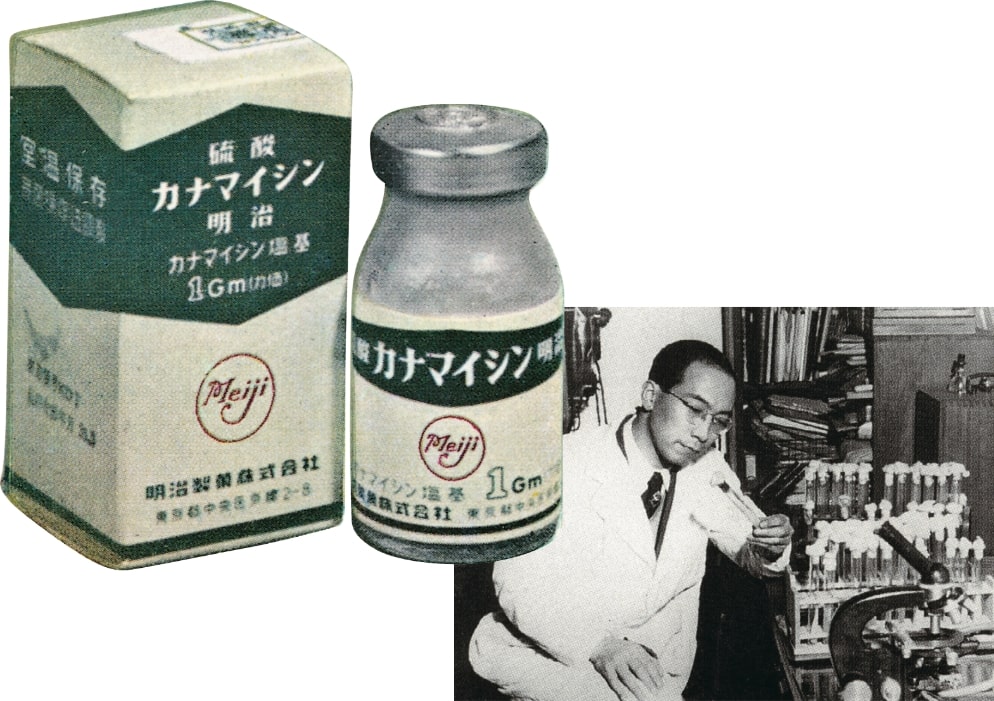

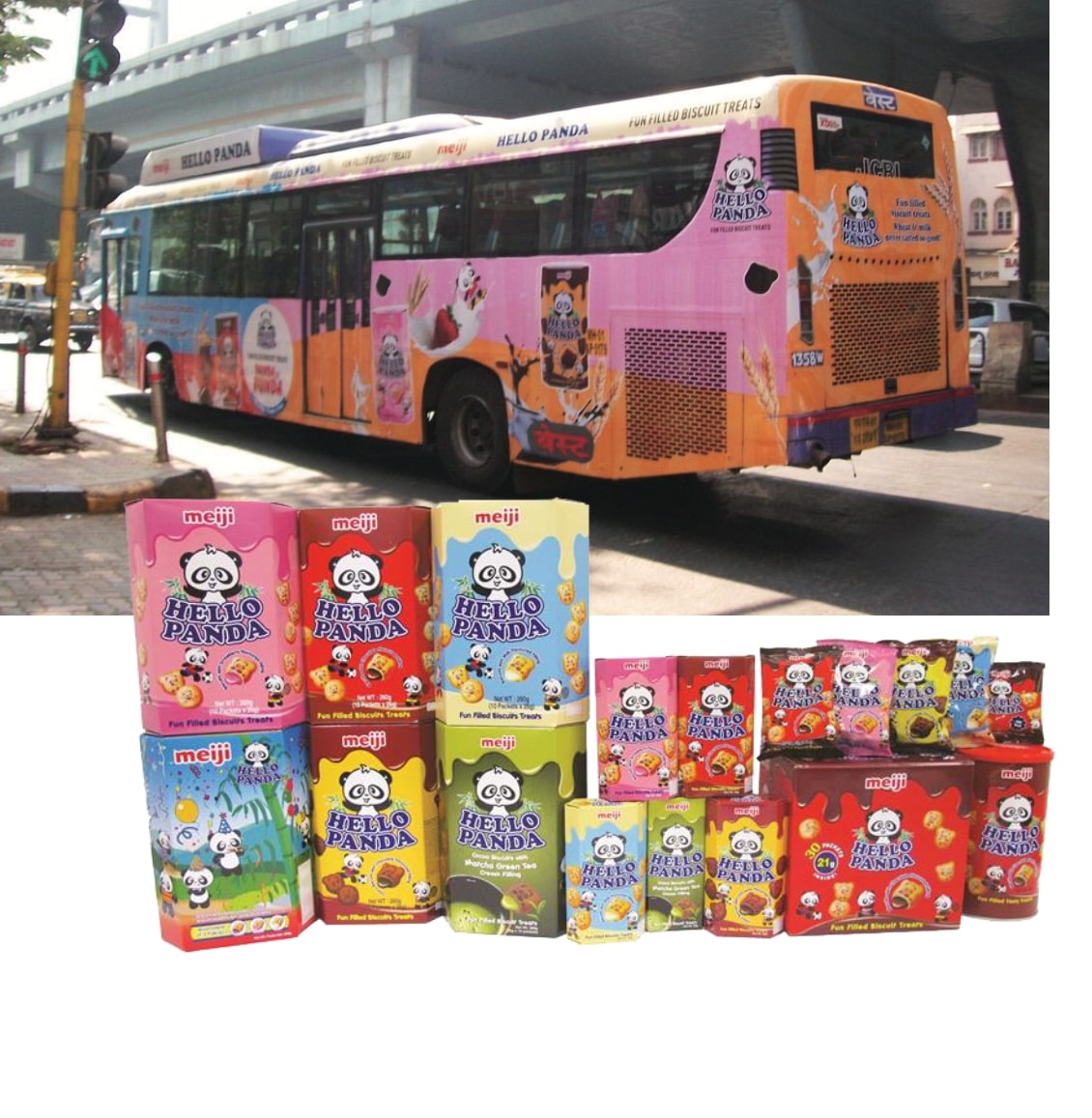
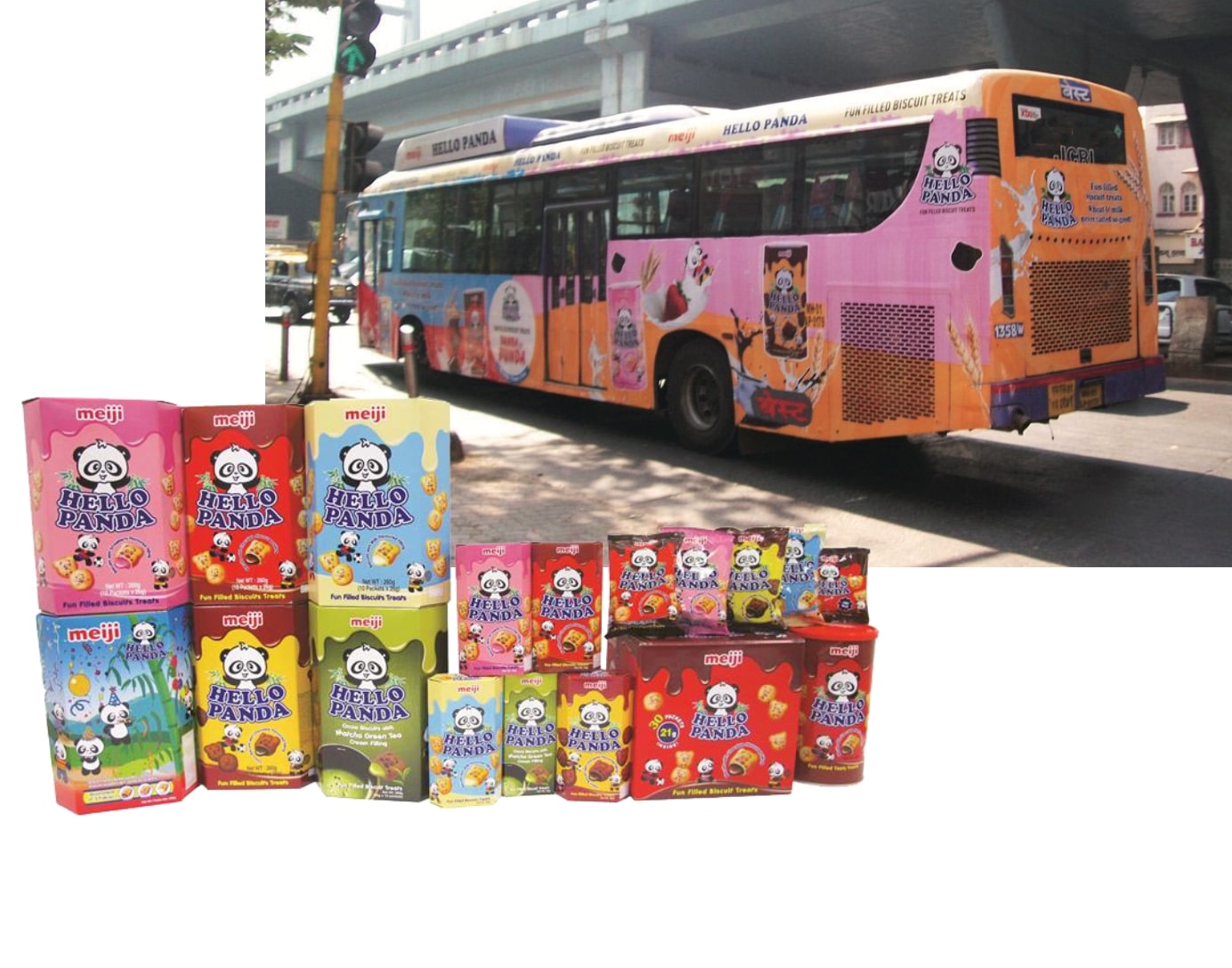

The Meiji Group also began exporting some of its mainstay food products in the 1970s. After Japan lifted trade restrictions on confectionery and food products in 1971, it started developing and selling products for markets in Asia and Europe through partnerships with confectionery makers in those regions. From the 1980s, it successfully launched brands originally made for the Japanese market in Asia and the Middle East. The Group then increased the number of its production plants in various countries of Asia and North America to promote its brands even more widely. Demonstrating the success of this strategy, the Hello Panda brand of biscuits is now sold in over 40 countries.
In recent years, the Meiji Group has shifted its focus to China's food and beverage market. It began producing and selling yogurt, milk, and other dairy products in the country in 2012, and aims to continue meeting demand for healthy and delicious food products.
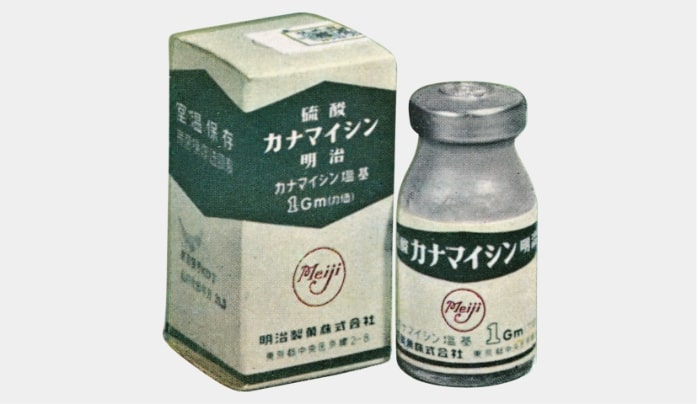
Release of Japan's first domestically produced antibiotic, KANAMYCIN MEIJI
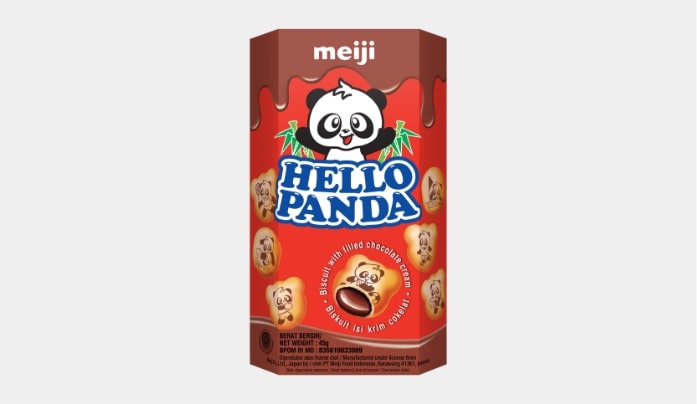
Hello Panda brand biscuits launched outside Japan for the first time in Singapore
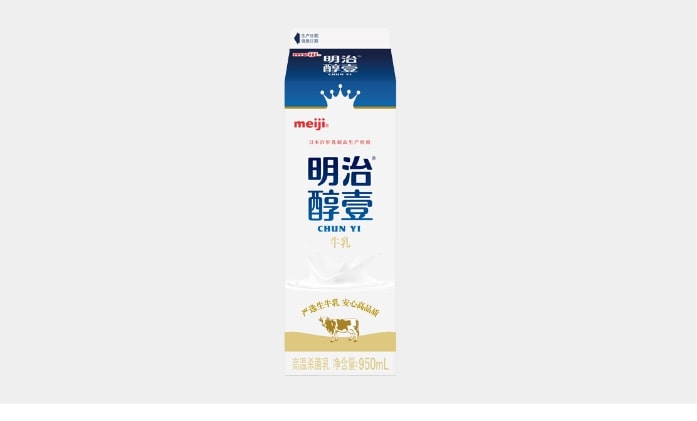
Sales of dairy products commence in China
Product highlights
MEIACT antibiotic sold in over 20 countries worldwide
While many of the Meiji Group's pharmaceuticals are available outside Japan, MEIACT is sold in an especially large number of countries. Released in 1994, it proved to be highly effective against staphylococcus aureus, a common cause of food poisoning that had been difficult to treat using antibiotics up until that time. At present, MEIACT is available in many regions of the world, including Asia, the Middle East, Europe, and North Africa, meeting medical needs of people beyond national borders.
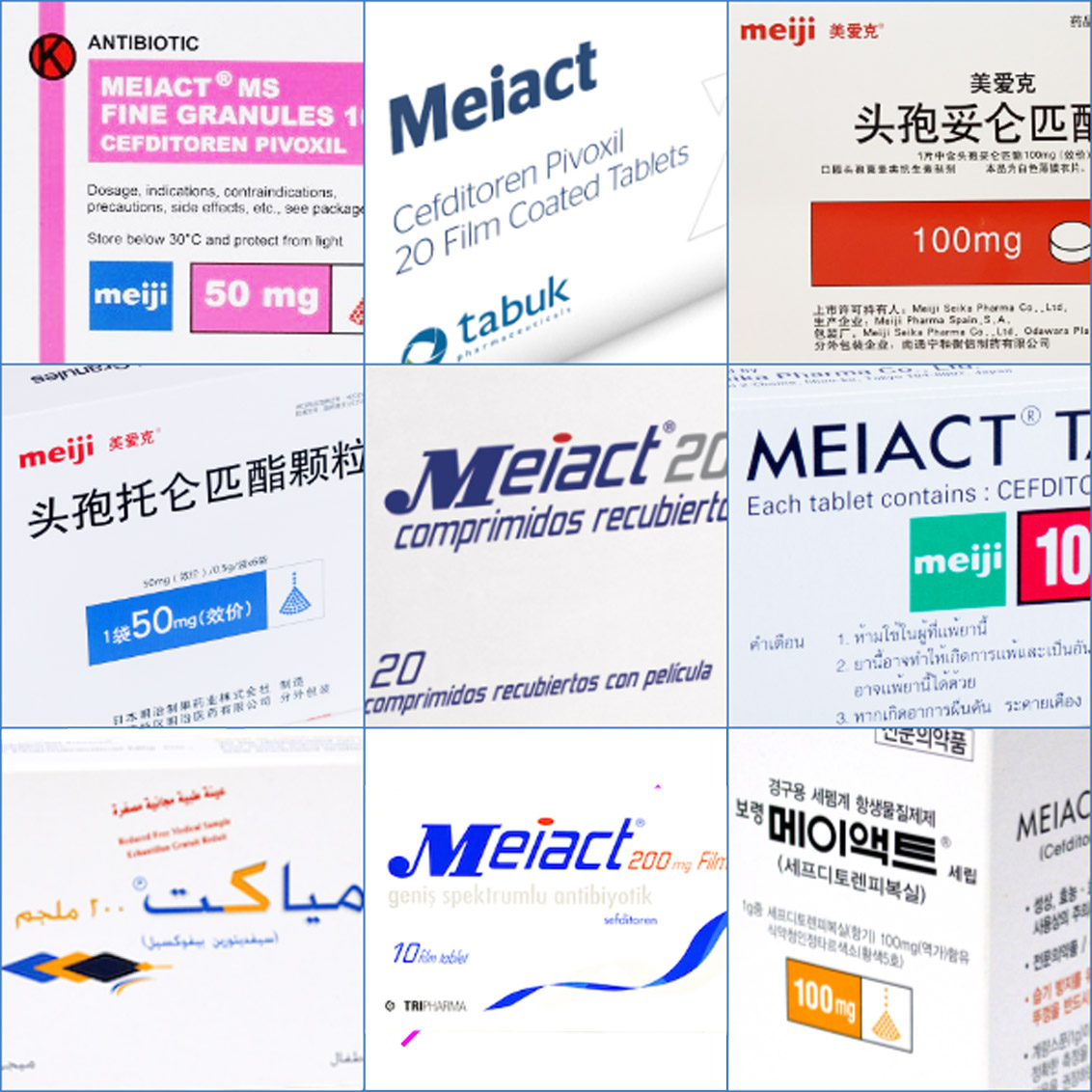
Learn more about our history
-
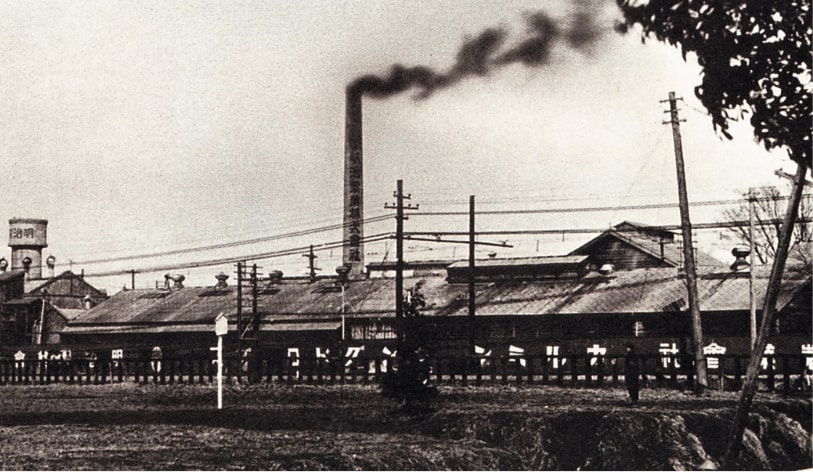 High Quality, Great TastesLEARN MORE
High Quality, Great TastesLEARN MORE -
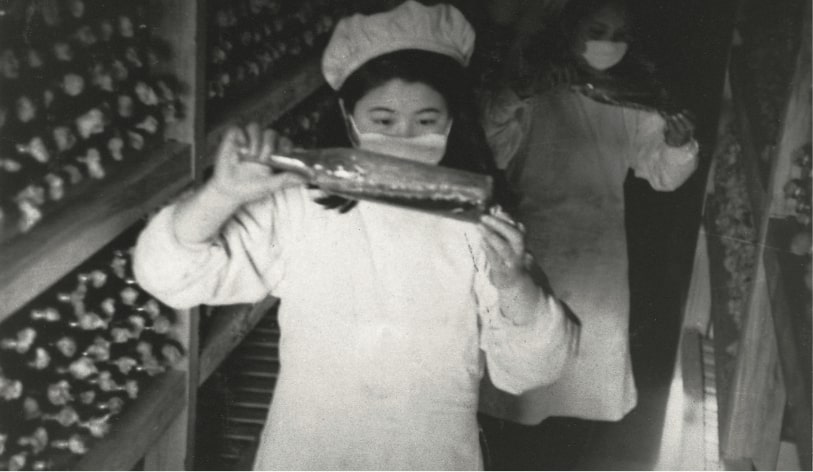 Growing Focus on HealthLEARN MORE
Growing Focus on HealthLEARN MORE -
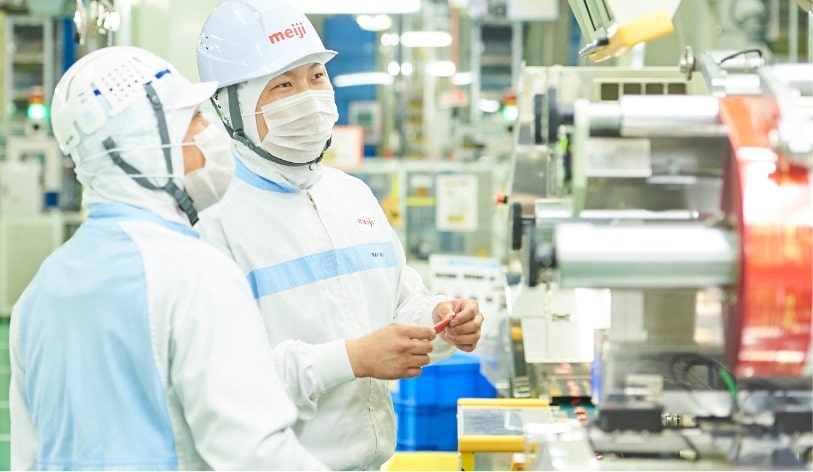 Creating New Health ValueLEARN MORE
Creating New Health ValueLEARN MORE